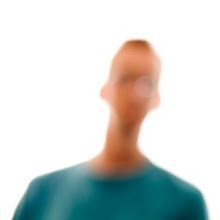The Rayflash Ringflash adapter needs no batteries and has no lights inside. It has a system of light channels and reflectors that distribute the light from your flash to a ring that surrounds the lens, giving an even light on the subject. The main use of a ringflash is for either portrait or macro photography. The unit is lightweight and slips on to the head of the speedlight and is locked on by a large thumbscrew that does not damage the flash in any way.
I've taken three photos of my daughter to show the difference in on camera flash and Rayflash. The first photo is using a Nikon SB-800 on the hotshoe with the defuser dome. The flash is set to iTTL and has no exposure compensation on either the flash or the camera. As you can see, there is a shadow on the right side, but it's not a bad photo for on camera flash.
The second photo is with the SB-800 bounced of the ceiling (the defuser still on). There's a dark shadow under her left cheek. On an adult there would be more shadows in the eyes, due to deeper features too.
The third photo is from the Rayflash. Note the trademark halo style shadow. The light is nice and even on Janel's face, although a bit flat. The shadows have totally gone too. The flash is set to +2 compensation to get a good exposure.
I found it strange that the flash needed +2 compensation when it was on the hotshoe, but when it was slipped of the hotshoe and set as the remote on iTTL, it needed no compensation to get the same exposure. I emailed the makers of Rayflash about this a few days ago, but I have not had a reply at the time of publishing this post.
I really like the Rayflash and I'm looking forward to trying it with the Lastolite HiLite background, where the lit background will burn out the halo shadow. The Rayflash is great for times when you need lights, but don't have time or space to set-up stands. As a portrait photographer, I think I'm going to get lots of use from the Rayflash ringflash.









No comments:
Post a Comment